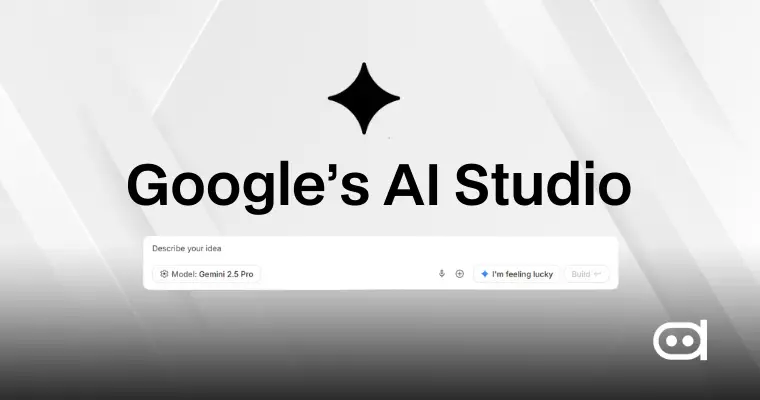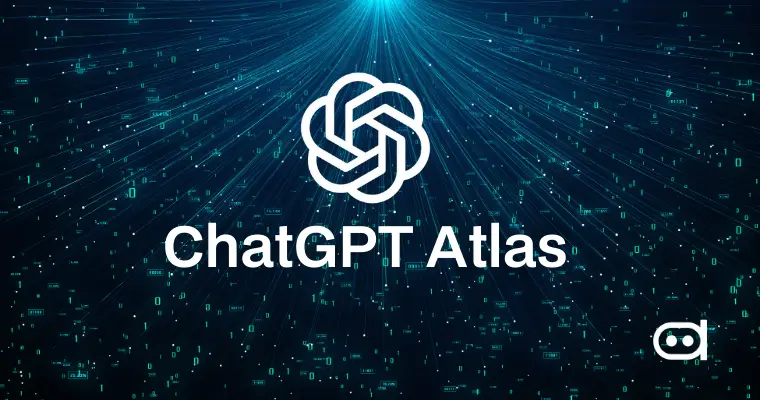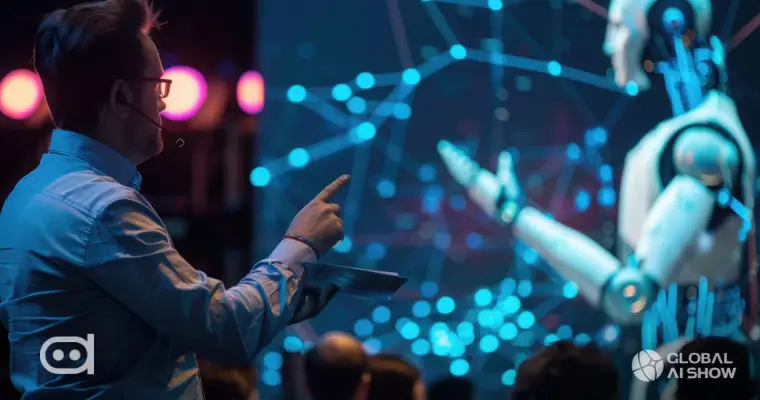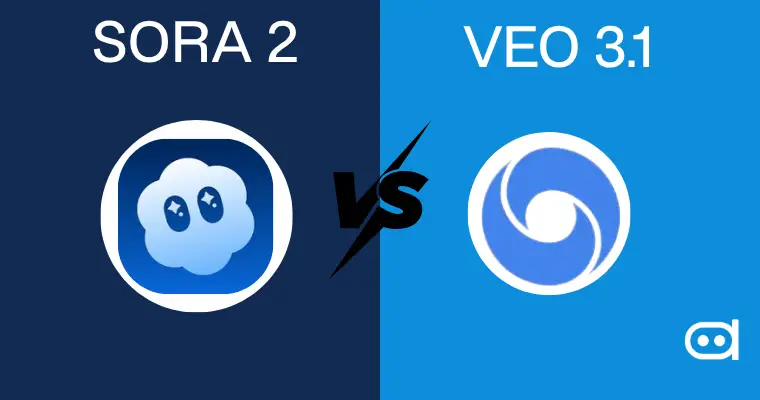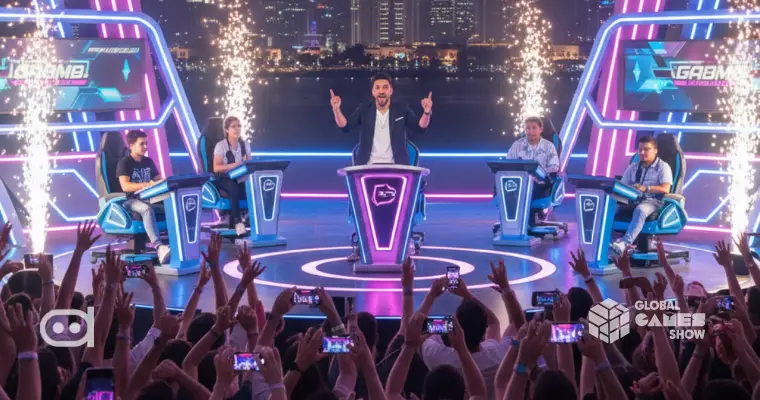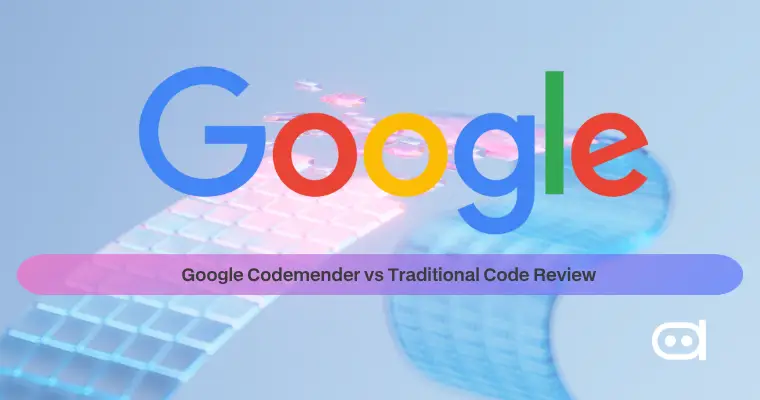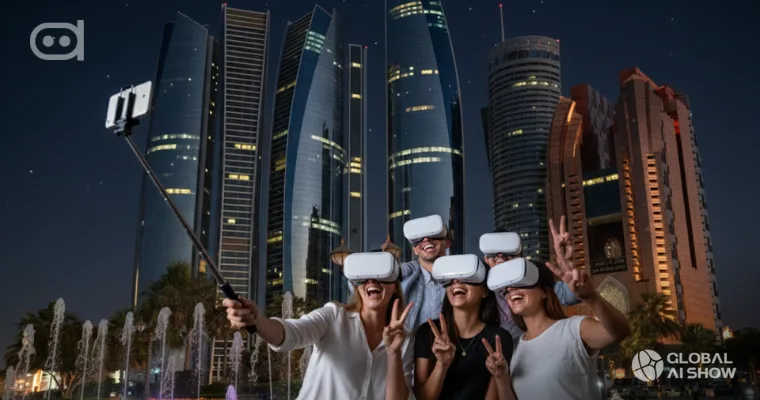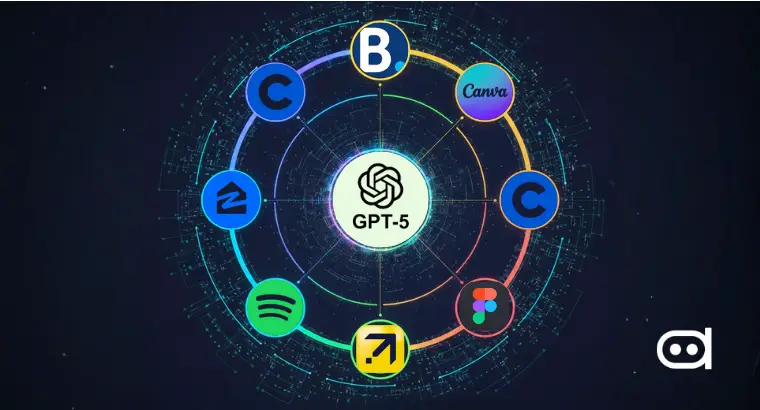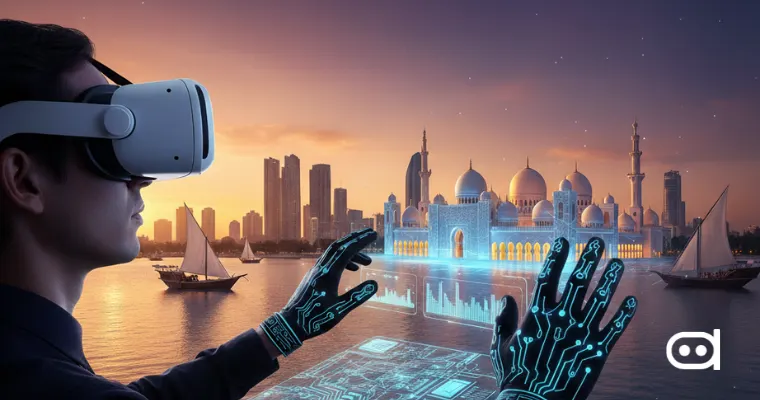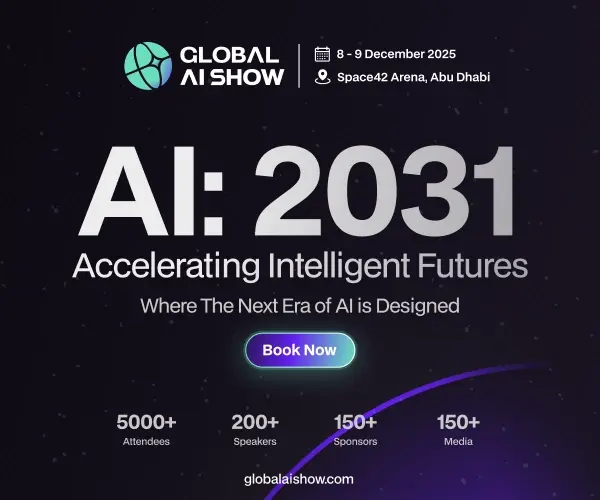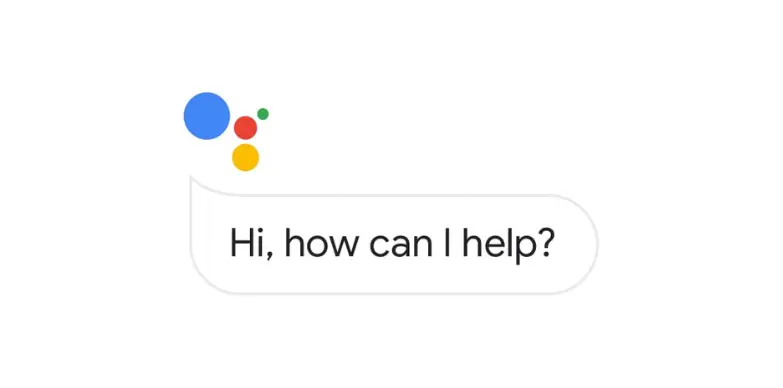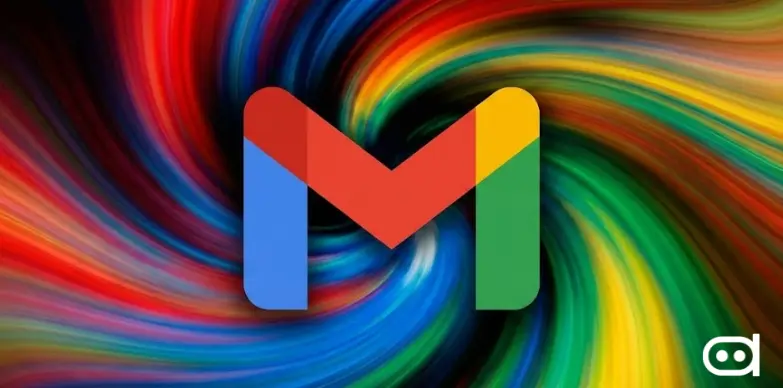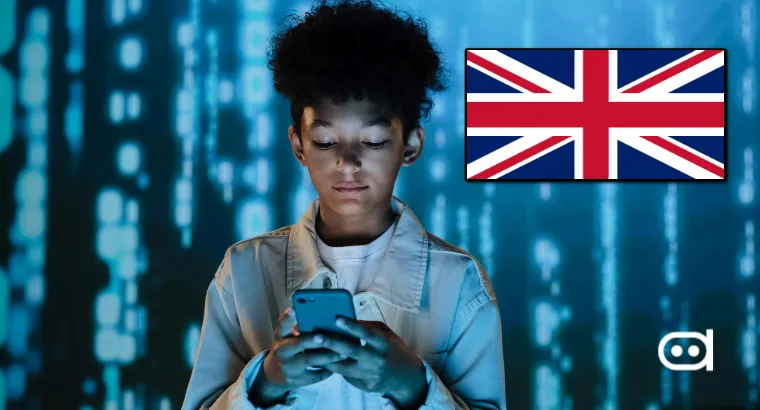
Multimodal AI models are the latest trending topic in the world of artificial intelligence. While unimodal systems ingest one type of data, multimodal AI models are trained on multiple types of data such as text, images, and audio.
The last two years have seen revolutionary developments in this sphere, with tech giants releasing platforms such as OpenAI’s GPT-4, Google’s Gemini 1.5, and Anthropic’s Claude 3. These can handle complex multimodal inputs, and have been put into actual use, introducing a more refined kind of problem-solving.
Multimodal AI enhances user experience by permitting more natural and complete interaction. For instance, think of a human talking to an AI that also reads his or her facial expressions or interprets images instantaneously. This contextual awareness gives way to the transformation of how AI integrates into personal and professional lives.
Why is Multimodal AI the Future?
Multimodal AI has evolved to be a major breakthrough in , standing at the forefront of technology. Increased user expectations for natural digital interactions, whether via voice, images, or contextual conversations, necessitate that multimodal systems keep up with the promise of a more human-centric AI approach.
The advances in technological fields with transformer-based architectures, Mixture of Experts (MoE), and Vision-Language Models (VLMs) are given importance for the integration of deeper modalities. These models have better context comprehension and are more efficient in learning and inference.
Virtual assistants, medical diagnostics, human-robot interactions in robotics, and interactive education, are all examples of real-world applications of Multimodal AI. These applications are now pushing the boundaries while actually addressing some gaps in real-world issues with respect to user engagement, service delivery, and content personalization.
Top Multimodal AI Models in 2025
GPT-4o by OpenAI
OpenAI’s premier multimodal AI unites text, image, audio, and video perception into a single workspace. Launched around mid-2024, GPT-4o is capable of real-time voice conversations, interpreting images and documents, and conversing back with generated audio intonations in different emotional tones.
Key Features:
- Native voice and AI with image+text processing in one model.
- Instantaneous voice-to-voice translation.
- Emotionally expressive voice outputs.
- Multimodal document understanding.
- Real-time collaboration with vision-augmented prompts.
Use Cases:
- Customer support with voice agents.
- Visual troubleshooting from images.
- Accessibility tools for the visually impaired.
- AI companions for elderly care and education.
- Language learning with audiovisual examples.
Gemini 2.5 Flash & Pro
The Google DeepMind Gemini 2.5 Flash and Pro editions built upon Gemini 1.5, offer a speedier response and wider multimodal support. Flash is designed for applications requiring speed and low latency, while Pro is aimed at tasks that require in-depth and complex reasoning.
Key Features:
- Advanced vision-language reasoning.
- Efficient multiturn dialogues with document and image inputs.
- Real-time collaboration tools.
- Customizable APIs for verticals like education and research.
Use Cases:
- Enterprise-grade meeting and research assistants.
- Visual analytics dashboards.
- Classroom AI tutors.
- Code and design pair programming tool.
- Legal research and compliance reporting.
Claude 3.7 (Anthropic)
Anthropic’s Claude 3.7 is a safety-centric multimodal model designed with constitutional AI principles and alignment-first training, a great GPT-4o alternative. It is widely acknowledged that the use of its framework helps in balancing the decision-making process.
Key Features:
- Ethical-by-design output filtering.
- Deep contextual understanding for long documents.
- Multimodal chat with PDF and web image analysis.
- Conversation memory that respects user boundaries.
Use Cases:
- Legal document review.
- Ethical AI assistants in healthcare.
- Research-intensive data summarization.
- Academic collaboration and peer review.
- Safe onboarding and training assistants.
Grok-4 Multimodal (xAI/Elon Musk)
Thanks to xAI’s development, Grok-4 is now equipped with Tesla-grade visual learning capabilities, integrating real-time sensory data parsing. Elon Musk visualizes an AI-assisted autonomy serving a broader spectrum of applications.
Key Features:
- Embedded within the X platform for real-time multimodal interactions.
- Integrated real-world sensor data (LIDAR, GPS, video).
- Rapid contextual switching among modalities.
- Edge deployment for real-time response.
Use Cases:
- Autonomous vehicle navigation.
- Smart home interactions.
- AI co-pilots on social media.
- IoT systems coordination.
- Emergency response and situational analysis.
LLaMA-4 Scout/Maverick (Modified)
The Meta LLaMA-4 models (Scout and Maverick variants) are tuned and dedicated to mobile-first multimodal applications and developer tooling. It is Meta’s expression of empowering the world through AI.
Key Features:
- Open-source and fine-tunable.
- Very efficient on edge devices.
- Good performance on vision-language benchmarks.
- With built-in support for AR/VR spatial awareness.
Use Cases:
- On-device multimodal assistants.
- AR/VR integration.
- Educational applications with visual guides.
- Social media content analysis and generation.
- AI-camera integrations for wearable technology.
Mistral Mix (Mistral AI / HuggingFace)
Being a multimodal system, Mistral Mix combines open-source multimodal AI from Mistral AI and HuggingFace to provide developers and enterprise settings with a customizable product realization environment.
Key features:
- Modular architecture for mixing text, image, and audio processing blocks.
- Integration with HuggingFace for easy deployment.
- Open weights for research and enterprise tuning.
- Inbuilt benchmarking and transparency tools.
Use cases:
- AI development frameworks.
- Content moderation tools.
- Multimodal creative applications.
- Healthcare diagnostic prototyping.
- R&D for industrial and systems automation.
Emerging Trends in Multimodal AI
Emerging trends in the multimodal AI space accelerate its growth, and here are some of them:
- Agentic AI with multimodal reasoning: These systems have their own plans to combine input-delivery patterns, such as a combination of video feeds, spoken instructions, and written prompts-to achieve even complex objectives.
- Real-Time Context Switching: This allows AI to move from voice command recognition to image analysis to text-based answers. This context switch mechanism is critical in smart assistant robotics.
- Multimodal search and recommendation: Next-generation search engines and recommendation systems which combine user behavior with voice queries and visual cues to list hyper-personalized results for the user.
- Lightweight multimodal models: These models target deployment in mobile and edge environments, thereby bringing AI features to the device itself, in cases where continuous cloud connectivity is not viable from the application perspective-again, something important for AR and IoT.
- Rise of regulatory and ethical concerns: With the deployment of multimodal AI into sensitive areas, such as surveillance, education, and healthcare, regulatory scrutiny is only increasing. Ethical design, transparency, and explainability stand as checkboxes.
Summing Up
Multimodal AI is no longer an experiment. It is a way of interacting with machines, content, and the world. From GPT-4o’s expressive voice generation to open-source multimodal AI competitions, such as Mistral Mix, 2025 marks a cusp where the most advanced AI models will re-ignite paths for multimodal intelligence. Developers, researchers, and enterprises that evolve early will take the pole position in powering intuitive next-generation applications.
FAQ’s
How are Multimodal AI models trained?
Multimodal AI models train over datasets that combine various forms of media (e.g., text-image pairs, video transcripts). New architectures such as Transformers and VLMs enable the model to learn relationships across these modalities. Training consists of tasks that align multiple input-output modalities, which are usually optimized through contrasting losses, supervised fine-tuning, or reinforcement learning.
What problems or challenges are faced with Multimodal AI?
Multimodal AI faces a handful of problems, including data bias, computational expenses, lack of transparency, concerns about privacy, and the difficulty of agreeing on outputs across different formats that align with human values. The very integration of several modalities leads to the difficulty of debugging and interpreting them. Another area of growing concern in the field is that of deepfakes and synthetic media generation.
Is it possible for developers to build their own multimodal AI models?
Yes it is possible, especially with open-source platforms such as HuggingFace, plus tools from Meta and Mistral AI. Developers can either fine-tune pre-trained models or build their own hybrid architectures for specific tasks. Toolkits, APIs, and pretrained checkpoints make customizing multimodal workflows for niche use cases easier than ever-from smart farming to AR content generation.
